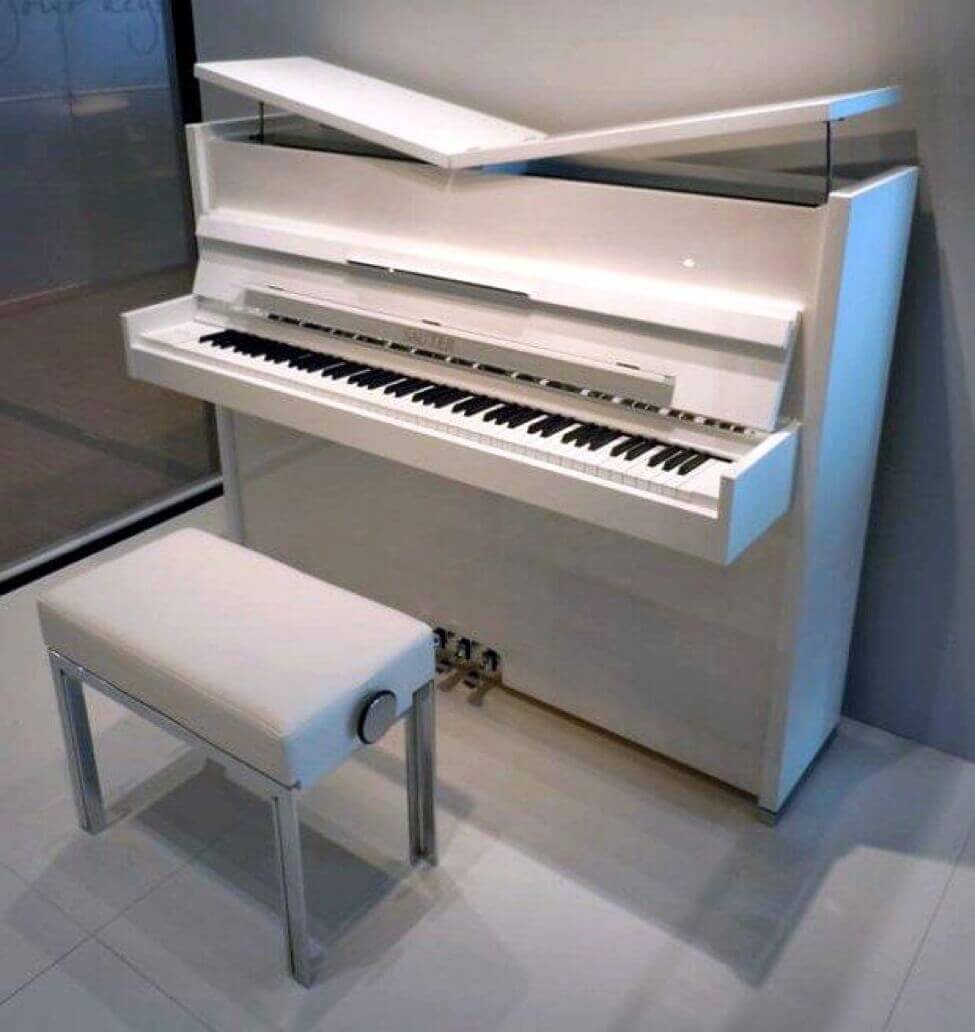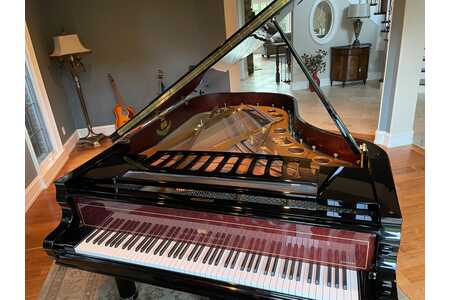


The cookies is used to store the user consent for the cookies in the category "Necessary". This cookie is set by GDPR Cookie Consent plugin. The cookie is used to store the user consent for the cookies in the category "Other. The cookie is set by GDPR cookie consent to record the user consent for the cookies in the category "Functional". The cookie is used to store the user consent for the cookies in the category "Analytics". These cookies ensure basic functionalities and security features of the website, anonymously. Necessary cookies are absolutely essential for the website to function properly. Renner mechanisms are used exclusively all over the world by these reputable companies: In 199l Renner opened a third plant in Zeitz near Leipzig where their upright action production is located today. Here the entire processing of raw wood, the hammer glue-works and other pre-assembly sections are now located. More expansion was necessary in 1960 and in 1974 a new factory was opened in Odenheim. Since it was founded in 1882, Renner has produced in excess of three million mechanisms. Most of these machines were specially developed for manufacturing the action parts, and the majority have been designed and constructed in the company's own research department. Today Renner uses the most advanced machinery with electronically controlled automatic operations.

The existing components section was expanded and a large-scale warehouse was installed. In 1952, Renner extended its product offering to include repairs and the supply of spare parts and accessories. Upright and grand piano mechanism manufacturing were now brought together under one roof.Īfter the war, manufacturers abroad were again relying on Renner products. More labor-saving methods were developed as new machinery was introduced. The number of employees rose to 175 by the First World War. Skilled craftsmanship was reserved for the important production stages, especially the comprehensive quality controls without which a superior product cannot be produced. Gradually, more and more machines found their way into the production process. By 1911 there were 100 employees and a new wing had to be added to the factory. When the Renner company moved into a new factory building in 1902 there were 35 employees. The history of Renner is closely related to that of the German piano industry and their increasing demands for more specialized industrial production methods. Hand-crafted production was at the heart of the company's beginnings. Louis Renner began on a very modest level with the production of the piano mechanism in October of 1882. The loveliest sound cannot be achieved if the mechanism is not working with the utmost precision. The end-user, like the German piano industry itself, should also pay attention to the mechanism when buying a piano. Firms such as Bösendorfer, Schiedmayer, and lrmler, or "newcomers" such as Bechstein and Blüthner exploited the advantages of technological developments. The progressive companies achieved great advances. The rise of Germany to an industrial power at the end of the 19th century brought its piano-makers to a new level of status and importance.


 0 kommentar(er)
0 kommentar(er)
